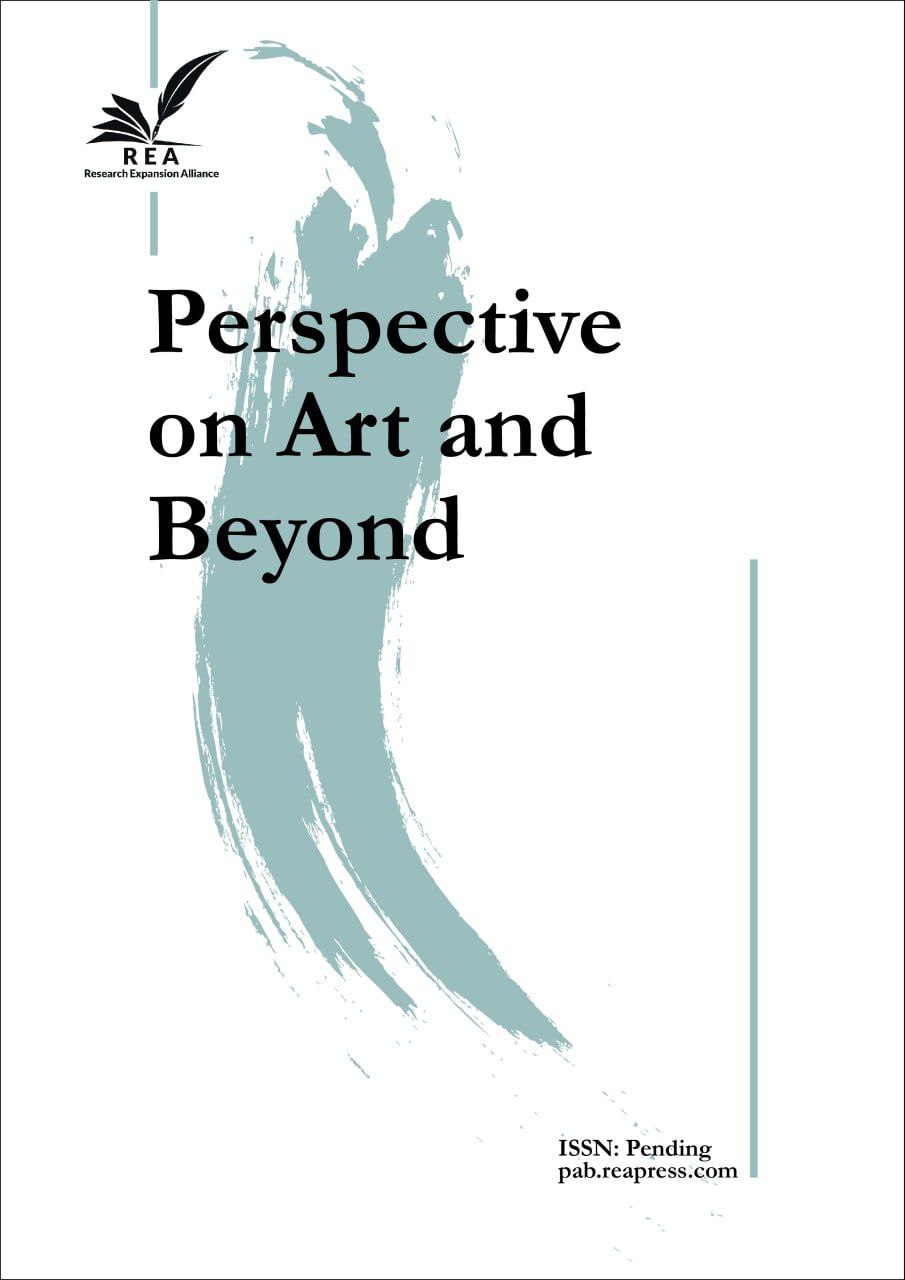Psychoanalytic Analysis of Anderes Portraits by Thomas Ruff based on Jacques Lacan's Theories
Abstract
In this research, the series of Anders portraits by Thomas Ruff, a German photographer, is analyzed based on Lacan's ideas. In this context, theories such as look, otherness, repetition, and desire are applied in the works of photographer and artist Thomas Ruff. In fact, this research seeks to answer the question of how the philosophical concepts of Jacques Lacan's thought are reflected in the work of Thomas Ruff. The research method in this study is descriptive and analytical, and the data analysis was conducted in an inductive way using written and library sources. Based on the findings of this research, it is clear that this collection of photographs evokes feelings of emptiness, doubt, division, loss, and a gap in the contemporary subject and audience.In this research, the series of Anders portraits by Thomas Ruff, a German photographer, is analyzed based on Lacan's ideas. In this context, theories such as look, otherness, repetition, and desire are applied in the works of photographer and artist Thomas Ruff. In fact, this research seeks to answer the question of how the philosophical concepts of Jacques Lacan's thought are reflected in the work of Thomas Ruff. The research method in this study is descriptive and analytical, and the data analysis was conducted in an inductive way using written and library sources. Based on the findings of this research, it is clear that this collection of photographs evokes feelings of emptiness, doubt, division, loss, and a gap in the contemporary subject and audience.
Keywords:
Jacques Lacan, Thomas ruff, Portrait, Anderes' portraitsReferences
- [1] Eagleton, T. (1997). Marx and Freedom. Phoenix. https://books.google.com/books?id=jHFWMQAACAAJ
- [2] Selden, R., Widdowson, P., & Brooker, P. (1997). A reader’s guide to contemporary literary theory. Prentice Hall/Harvester Wheatsheaf. https://b2n.ir/qd8079
- [3] Evans, D. (2006). An introductory dictionary of Lacanian psychoanalysis. Routledge. https://B2n.ir/xm4304
- [4] Bertens, H. (2012). Literary theory: The basics. Routledge. https://B2n.ir/sb6176
- [5] Grigg, R. (2009). Lacan, language, and philosophy. State University of New York Press. https://B2n.ir/ke2518
- [6] Lacan, J. (1997). The neurotic’s individual myth. The psychoanalytic quarterly, 48(3), 405-425. https://pubmed.ncbi.nlm.nih.gov/384442/
- [7] Lacan, J. (2001). Book ecrits: A selection. Routledge. https://B2n.ir/yz1527


